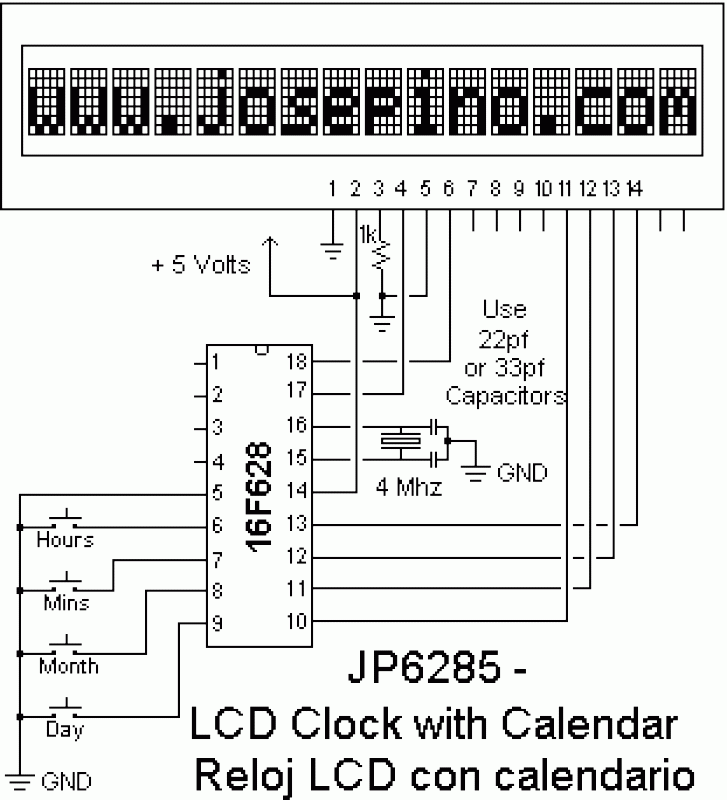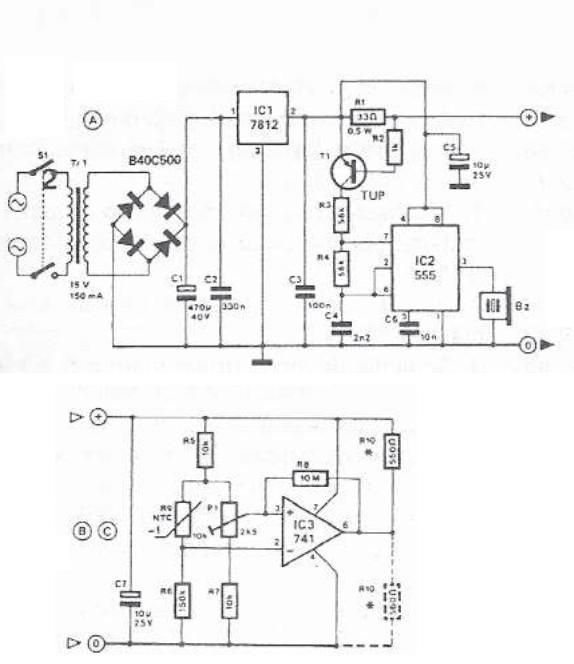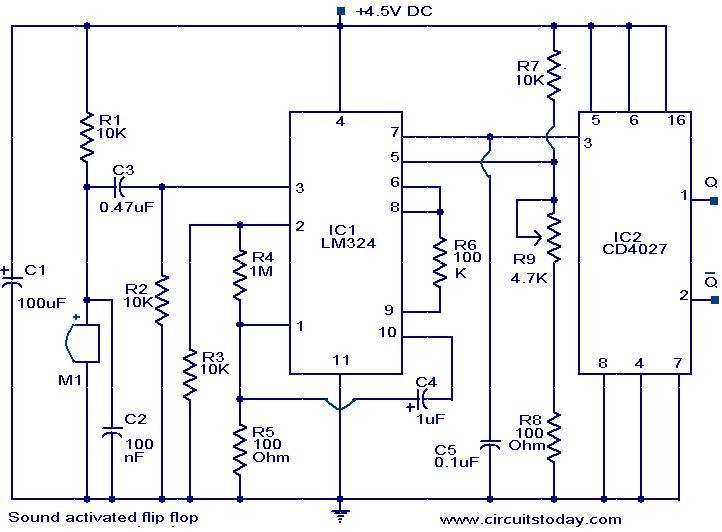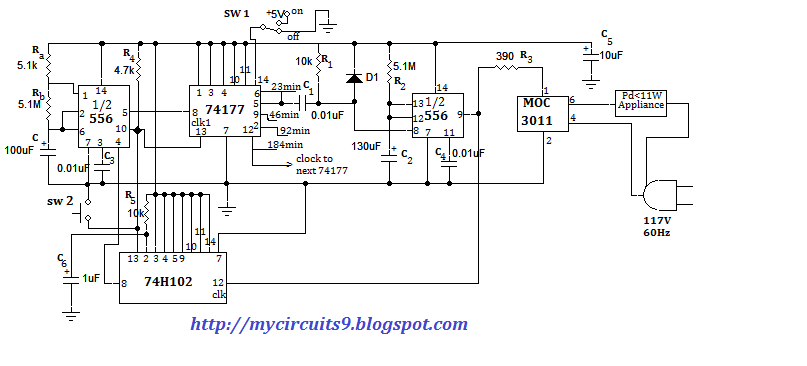
Password(code) Based Digital Locking System Using Microcontroller 89C52/89S52

Upon entering the password, the application, in this case "LED," will illuminate. In this digital locking system project, the interfacing of a keypad and a 16x2 LCD with a microcontroller will be explored, along with the accompanying code. This project has been developed using Proteus software, so prior knowledge of it is essential. A tutorial on the software has been recommended in a previous article. Additional components, such as a crystal and a switch, are connected to ensure the microcontroller operates correctly, with minimal circuitry required. Once power is supplied to the microcontroller, the message "password based" will appear on the screen for one second, followed by "enter password." The "ENTER PASSWORD" message will also display for one second before disappearing. At this point, the user must input the password, which will be represented by asterisks (*). The microcontroller's code is designed to accept only four digits for the password. To increase the password length, loops can be added to the code, which will be discussed later. In this project, the default password is set to 1234. Upon entering this password, the LCD will display "correct password," and the LED connected to port 1 will illuminate. Users can customize their password by modifying the code.
The digital locking system described utilizes a microcontroller as the central processing unit, interfacing with a 4x4 matrix keypad and a 16x2 LCD display. The keypad serves as the input device, allowing users to enter a numeric password, while the LCD provides visual feedback throughout the process. The microcontroller is programmed to initialize the display upon power-up, first showing the "password based" message, followed by the prompt to "enter password."
The microcontroller requires a minimal setup, including a crystal oscillator to provide a stable clock signal and a switch for reset functionality. The power supply should be stable and within the operating range of the microcontroller to ensure reliable performance.
The software logic implemented in the microcontroller's firmware includes a loop that waits for user input from the keypad. Each digit entered is masked with an asterisk to maintain security. Upon entering the four-digit password, the firmware compares the input against a predefined value (defaulting to 1234). If the input matches, the LCD displays "correct password," and the LED connected to one of the microcontroller's output ports is activated, indicating successful access.
To allow for customization, the password can be easily modified in the code. By adjusting the variable that holds the password value, the user can set a new password as desired. Furthermore, the design can be expanded to accommodate longer passwords by implementing additional loops in the code, thus enhancing security.
Overall, this digital locking system project serves as an educational tool for understanding the integration of input and output devices with a microcontroller, as well as the fundamentals of embedded programming and circuit design.entering of the password, the application as in this case "led" will glow. In this Digital locking system project you will learn more about interfacing keypad and 16x2 LCD to your micro controller along with the code. Since this project has been made in proteus software you must have a prior knowledge of it. If you are unaware of the software here is a tutorial which i recommended in one of my previous articles. Other components like the crystal and switch are connected for the working of the microcontroller ( minimum circuitry required for proper working of the microcontroller). As soon as the power supply is provided to the microcontroller "password based" will be shown on the screen.
This will remain for a second and after that "enter password" will be displayed as shown below. The "ENTER PASSWORD " statement will remain for a second and then it will vanish. At this point you will have to enter password which will be shown in terms asterisk " * ". The coding of the micro-controller is done such that only four numbers can be used to enter password. If you want to increase the length of the password you can do that by adding loops in the coding which will be dealt later.
Here, in this project the password is set as 1234. when this password is entered the LCD will display "correct password" as shown below and the LED will turn on which is connected at port 1. you can set your own password by changing the password in the code. 🔗 External reference
The digital locking system described utilizes a microcontroller as the central processing unit, interfacing with a 4x4 matrix keypad and a 16x2 LCD display. The keypad serves as the input device, allowing users to enter a numeric password, while the LCD provides visual feedback throughout the process. The microcontroller is programmed to initialize the display upon power-up, first showing the "password based" message, followed by the prompt to "enter password."
The microcontroller requires a minimal setup, including a crystal oscillator to provide a stable clock signal and a switch for reset functionality. The power supply should be stable and within the operating range of the microcontroller to ensure reliable performance.
The software logic implemented in the microcontroller's firmware includes a loop that waits for user input from the keypad. Each digit entered is masked with an asterisk to maintain security. Upon entering the four-digit password, the firmware compares the input against a predefined value (defaulting to 1234). If the input matches, the LCD displays "correct password," and the LED connected to one of the microcontroller's output ports is activated, indicating successful access.
To allow for customization, the password can be easily modified in the code. By adjusting the variable that holds the password value, the user can set a new password as desired. Furthermore, the design can be expanded to accommodate longer passwords by implementing additional loops in the code, thus enhancing security.
Overall, this digital locking system project serves as an educational tool for understanding the integration of input and output devices with a microcontroller, as well as the fundamentals of embedded programming and circuit design.entering of the password, the application as in this case "led" will glow. In this Digital locking system project you will learn more about interfacing keypad and 16x2 LCD to your micro controller along with the code. Since this project has been made in proteus software you must have a prior knowledge of it. If you are unaware of the software here is a tutorial which i recommended in one of my previous articles. Other components like the crystal and switch are connected for the working of the microcontroller ( minimum circuitry required for proper working of the microcontroller). As soon as the power supply is provided to the microcontroller "password based" will be shown on the screen.
This will remain for a second and after that "enter password" will be displayed as shown below. The "ENTER PASSWORD " statement will remain for a second and then it will vanish. At this point you will have to enter password which will be shown in terms asterisk " * ". The coding of the micro-controller is done such that only four numbers can be used to enter password. If you want to increase the length of the password you can do that by adding loops in the coding which will be dealt later.
Here, in this project the password is set as 1234. when this password is entered the LCD will display "correct password" as shown below and the LED will turn on which is connected at port 1. you can set your own password by changing the password in the code. 🔗 External reference

.png)



